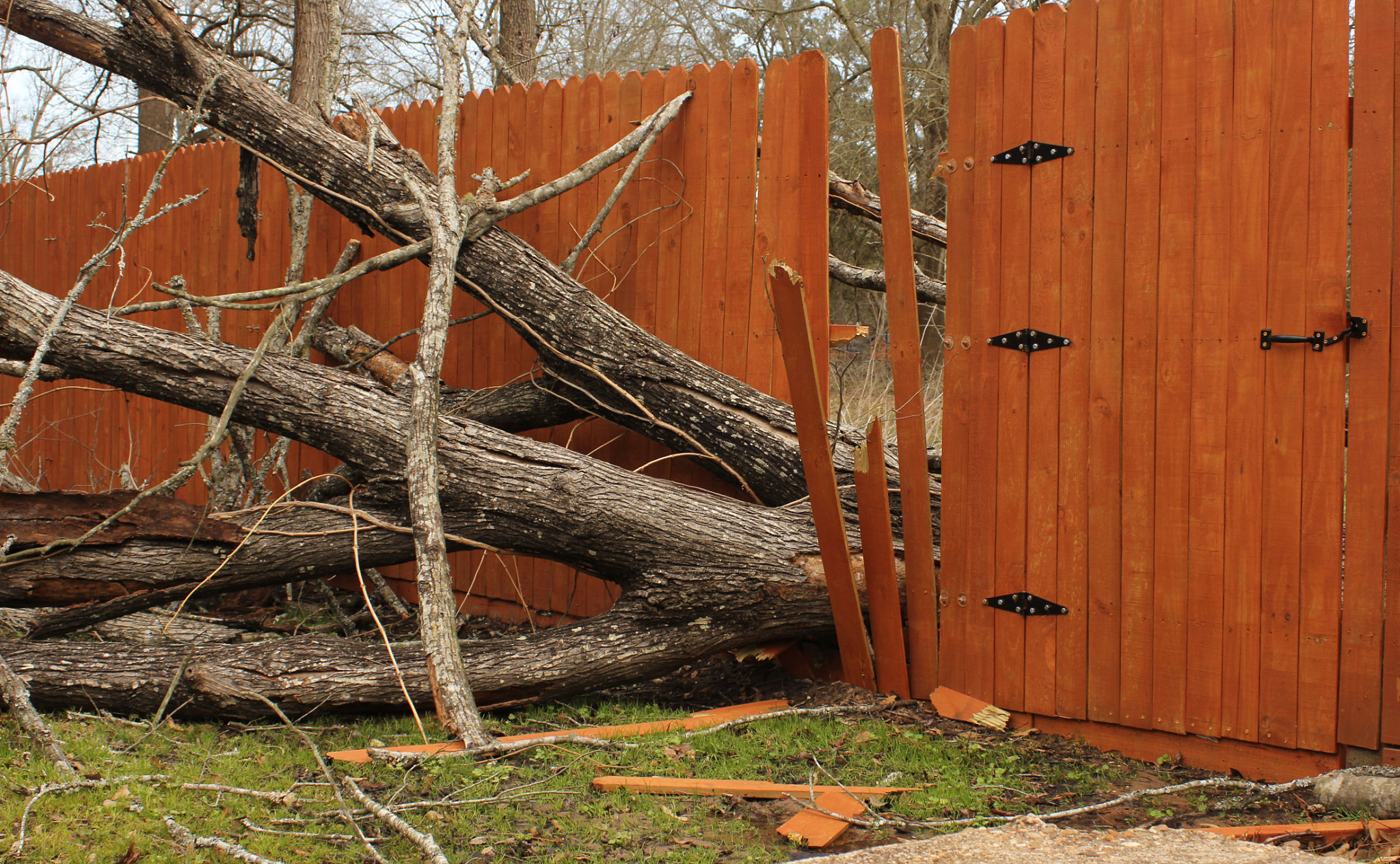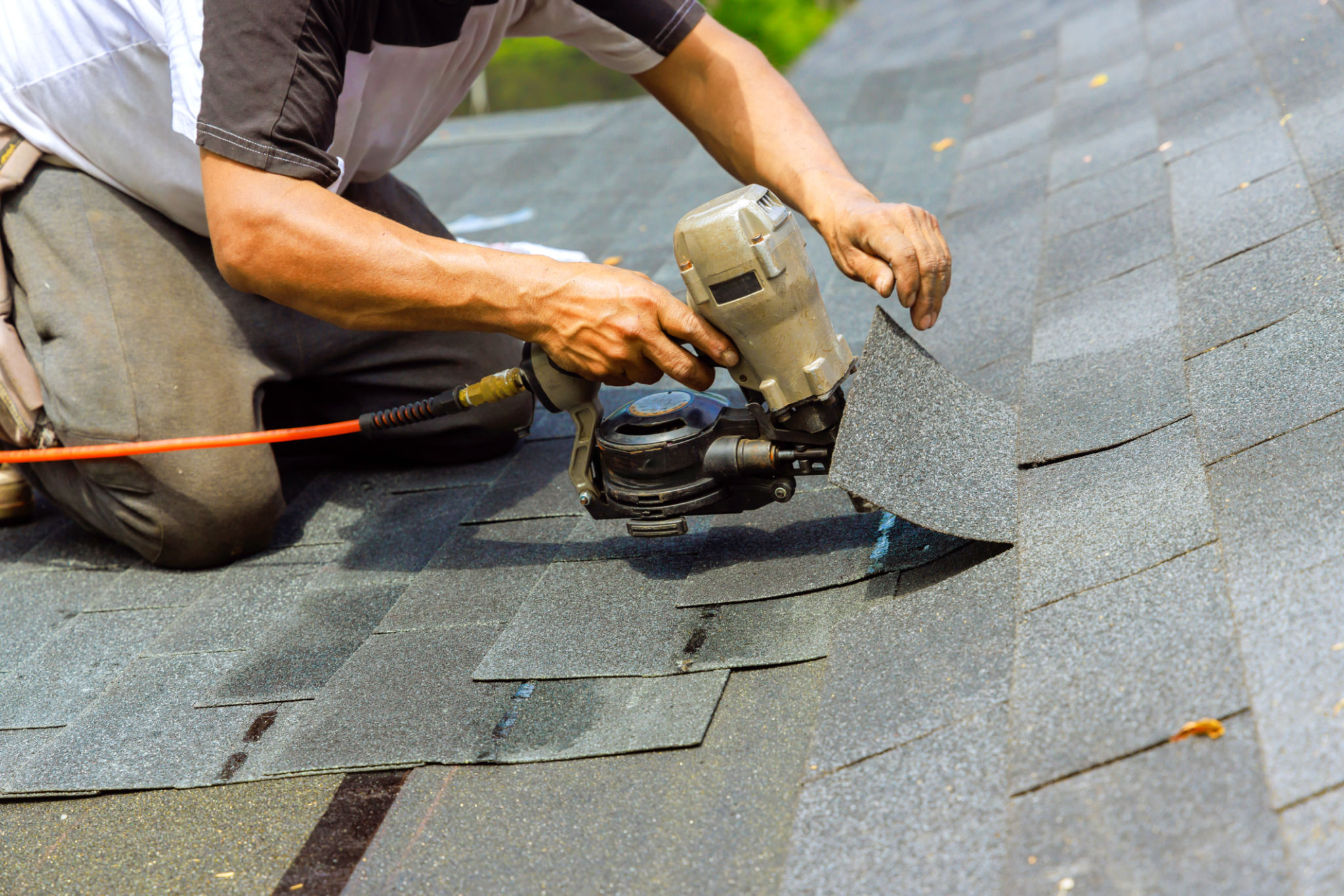Understanding the Impact of Texas Weather on Shingle Durability
The Unique Climate of Texas
Texas is known for its diverse and often extreme weather conditions, ranging from scorching summer heat to unexpected winter storms. This unique climate poses specific challenges for homeowners, especially when it comes to maintaining the durability of their roofing shingles. Understanding how Texas weather affects shingles is crucial for making informed decisions about roofing materials and maintenance.
The intense heat experienced during Texas summers can be particularly damaging to asphalt shingles. Prolonged exposure to high temperatures can cause shingles to become brittle and prone to cracking. This not only affects the aesthetics of the roof but also compromises its ability to protect the home from environmental elements.

The Impact of Severe Storms
Aside from heat, Texas is also no stranger to severe storms that can include heavy rains, hail, and high winds. Each of these elements can significantly impact shingle durability. Hail can cause immediate damage by puncturing or cracking shingles, while strong winds may lift them, leading to potential water ingress and long-term structural issues.
Moreover, the frequency and intensity of these storms mean that homeowners must be vigilant about inspecting their roofs for any signs of damage after each event. Regular maintenance and prompt repairs are essential to ensure that storm-damaged shingles are replaced before they lead to more serious problems.

Winter Weather Considerations
While Texas winters are generally mild compared to other parts of the country, sudden drops in temperature and ice storms can still pose a threat to shingle durability. Cold weather can cause shingles to contract, leading to cracks and sealant failure. Ice dams, formed by melting snow refreezing at the edges of the roof, can exacerbate these problems by preventing proper drainage.
To mitigate winter-related damage, it is important for homeowners to ensure that their roofs are well-insulated and ventilated. This not only helps maintain a consistent temperature but also prevents ice dams from forming.

Choosing the Right Shingles
Given the unique weather challenges in Texas, selecting the right type of shingles is critical. Homeowners should consider materials that are specifically designed to withstand extreme temperatures and resist impact from hail. For instance, impact-resistant shingles are manufactured to endure severe weather conditions and can be a worthwhile investment.
Additionally, lighter-colored shingles can help reflect sunlight, reducing heat absorption and potentially prolonging the lifespan of the roof. It's essential to weigh the benefits of different shingle options based on their performance under Texas weather conditions.
Regular Maintenance is Key
Consistent maintenance is vital in preserving shingle durability in Texas's challenging climate. Homeowners should schedule regular inspections, ideally twice a year, to assess the condition of their roof. This proactive approach enables early detection of issues before they escalate into costly repairs.
Maintenance activities should include clearing debris from gutters, checking for loose or damaged shingles, and ensuring proper ventilation throughout the attic space. By staying on top of these tasks, homeowners can significantly enhance the longevity and performance of their roofing system.

Conclusion
The impact of Texas weather on shingle durability cannot be overstated. From harsh summers to unpredictable storms and occasional winter chills, each season poses its own set of challenges. By understanding these factors and taking proactive measures, homeowners can better protect their investments and ensure their roofs remain resilient for years to come.
Ultimately, choosing quality materials, performing regular maintenance, and addressing damage promptly are key strategies in managing the effects of Texas's climate on roofing shingles. With these practices in place, homeowners can enjoy peace of mind knowing their homes are well-protected against the elements.